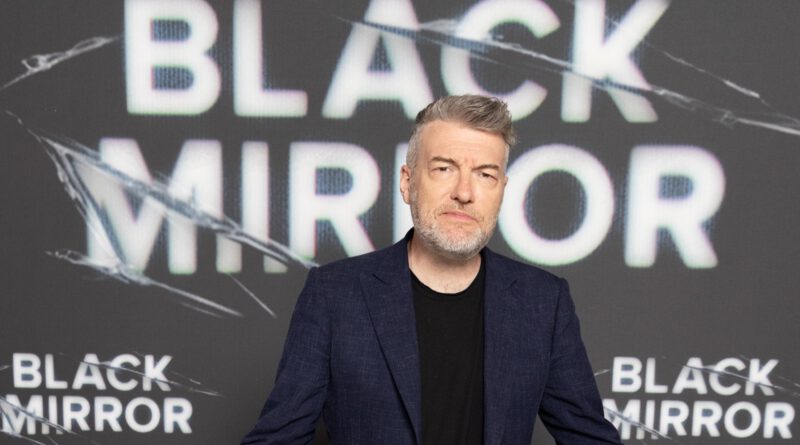‘Black Mirror’ Season 6 is Charlie Brooker versus Netflix
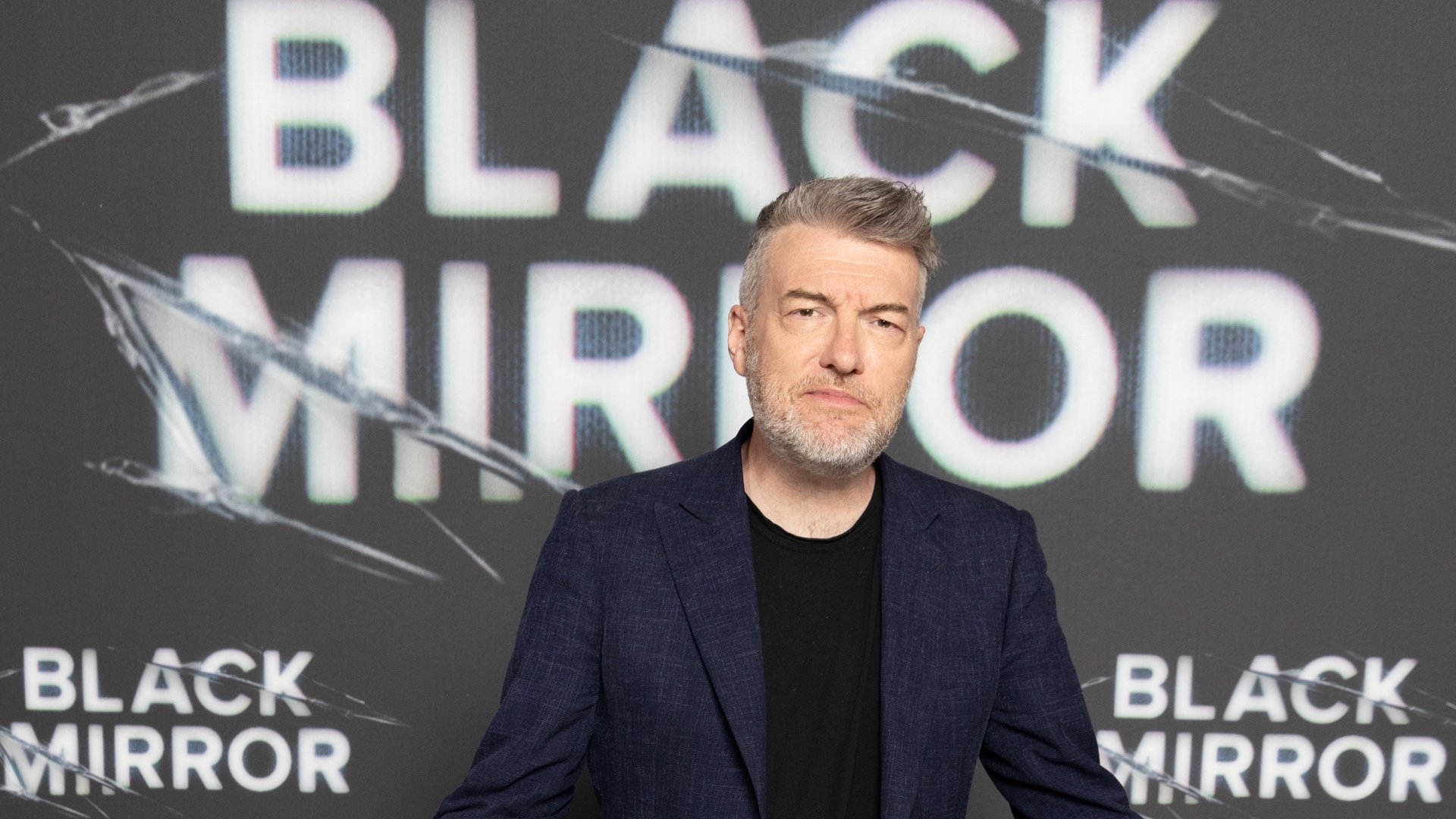
As screenwriters are waging war against studios and streamers that would underpay them and undercut them with AI, Black Mirror Season 6 hits Netflix with a middle finger pointed firmly at a Hollywood studio system that doesn’t give a shit about humanity.
Over the course of five new episodes, ranging from 40 to 80 minutes in length, creator Charlie Brooker uses the satirical sci-fi platform he created to condemn the evils of technology and other manmade horrors. But this time, whether directly or indirectly, much of the battle seems to be him versus the show’s streaming platform, Netflix.
Season 6 delivers an outrageous comedy with “Joan Is Awful,” a true crime-inspired thriller with “Loch Henry,” a domestic drama with “Beyond the Sea,” a Hollywood horror story with “Mazey Day,” and a cheeky horror comedy with “Demon 79.” Each is a battle for the future of this series, and maybe even the future of streaming.
“Joan Is Awful” makes Netflix a villain.
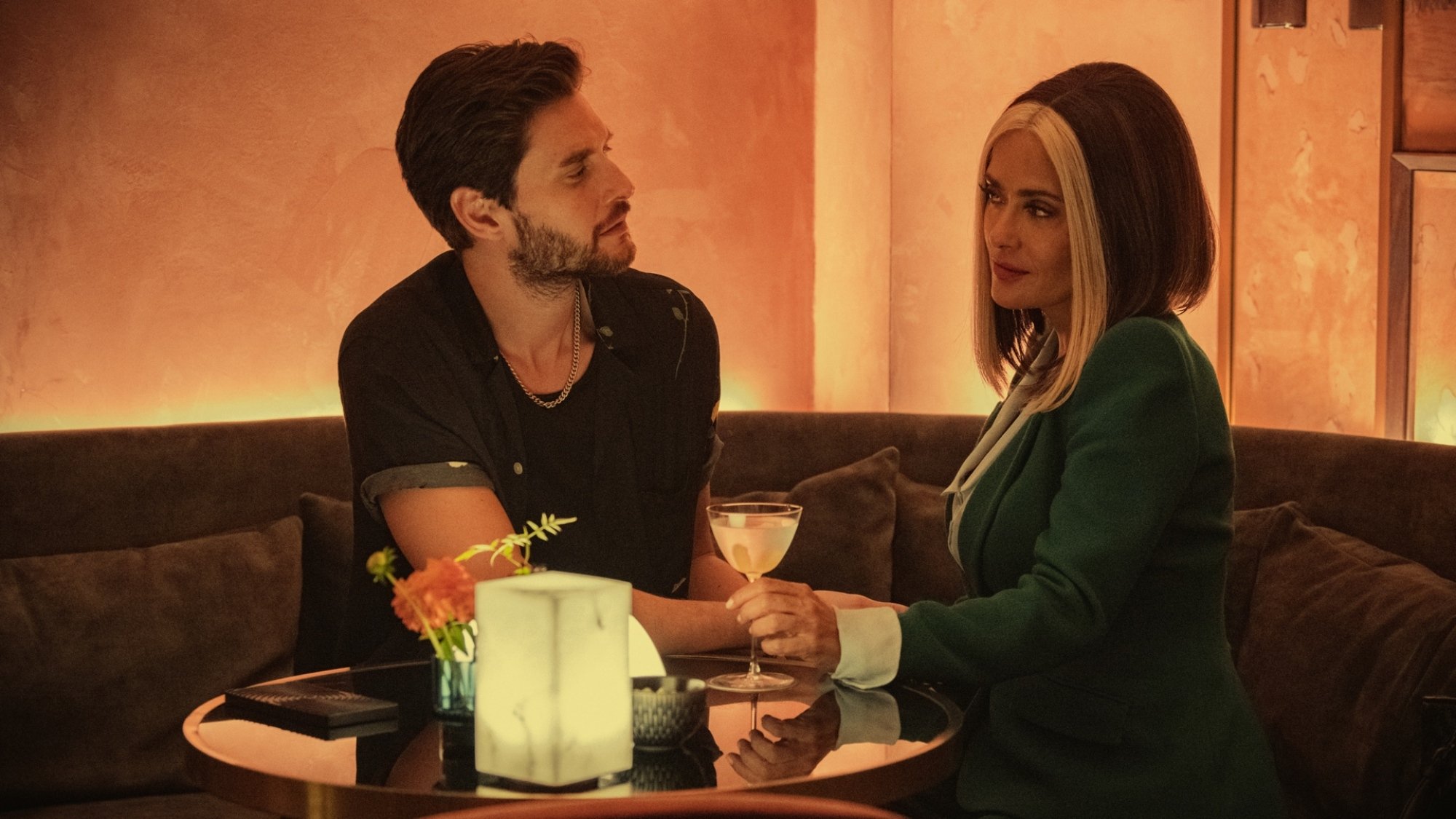
The most compelling logline for the new season is this: “An average woman is stunned to discover a global streaming platform has launched a prestige TV drama adaptation of her life — in which she is portrayed by Hollywood A-lister Salma Hayek [Pinault].”
Schitt’s Creek‘s Annie Murphy stars as Joan, who is flabbergasted when her day — from firing a friend at work to reconnecting with her shitty ex to her therapy session — is recreated on streaming TV that very night for the world to see. Scripted by Brooker, the episode pushes this concept to positively surreal “fictive levels,” initially pitting Murphy and Hayek Pinault (who appears as a bombastic parody of herself) against each other, and then as chaotic allies. It’s them versus Streamberry, Black Mirror‘s version of Netflix, down to the app layout, logo, and “TUDUM” log-on sound.
How Streamberry has exploited Joan’s life and likeness is laid out in hilarious and harrowing detail, urging audiences to not be so blasé about everything — from the WGA writers’ strike to the emergence of deepfake technology, to the user agreements we check off to download any number of apps. And let’s not forget how Netflix recently drew outrage for Dahmer by not seeking the consent of the families of the victims depicted in the series. Without going all Michael Cera on you, this episode urges audiences not only to “engage” with this show but also to take a step back and consider how nightmarish the media landscape has already become. Plus, Hayek Pinault and Murphy are stupendous together.
“Loch Henry” struggles to find something new to say about true crime.
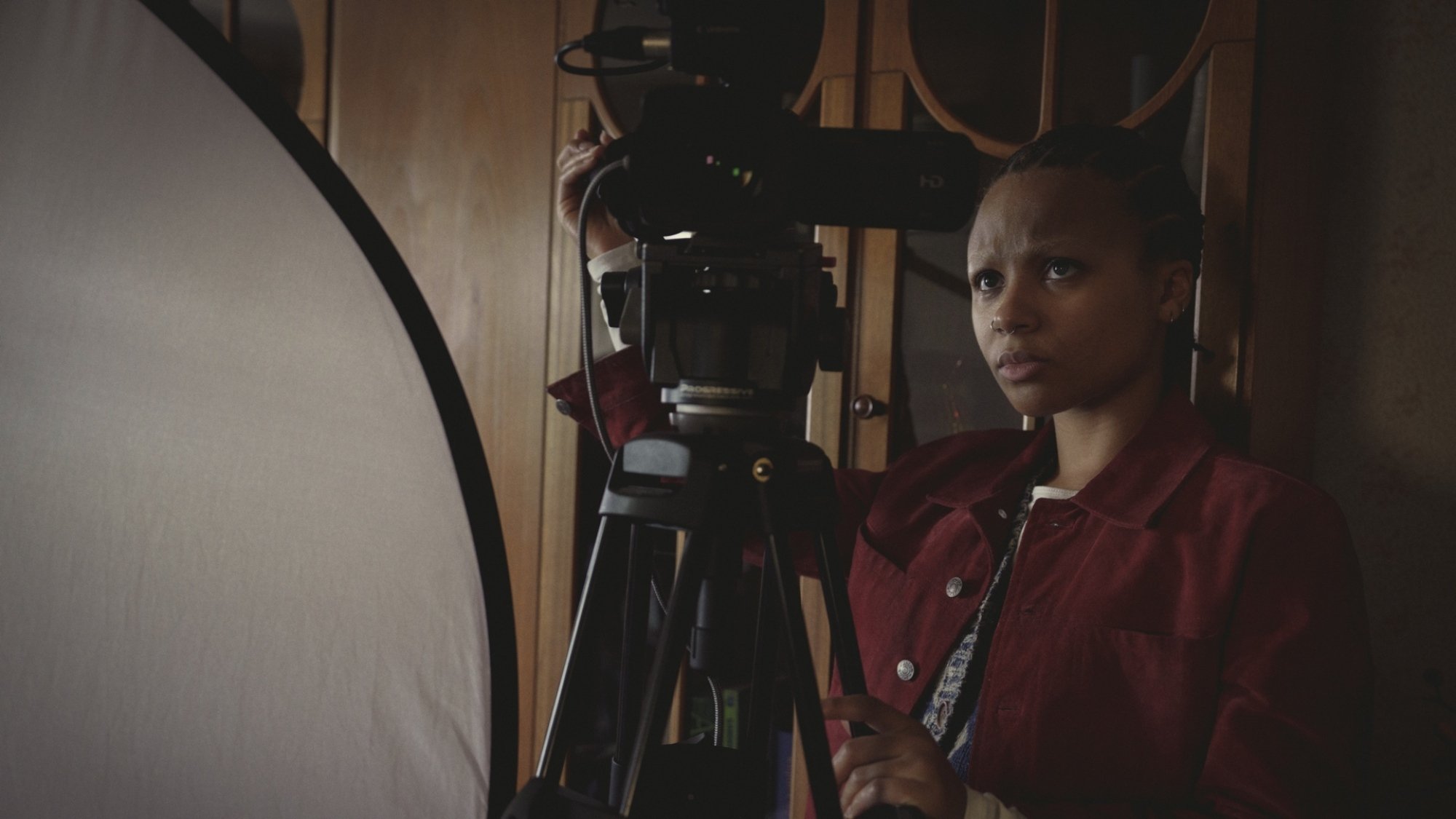
Streamberry is a negative force in the second ep of Season 6 as well, though not as directly. “Loch Henry” centers on a young couple (Samuel Blenkin and Myha’la Herrold) who travels to his dozy Scottish hometown to film a dulcet documentary about a curious collector. But when the new-to-town girlfriend discovers the true crime landmark of this place, she pushes her native beau to turn his personal tragedy into “art” — or at least the kind of dreck that does well on Streamberry.
Over drinks, the cynical young filmmakers joke about how the platform is flooded with stories of men who kill a bunch of women. Later, an exec behind a seemingly sleazy doc called “The Callow Years” adds pressure, suggesting that this pitch has a hook in its personal tie. Brooker’s script for this one scratches at the callousness of the true crime genre, where lip service is paid to the personal stories of the victims even if unearthing these heartaches can unleash new pain. It also makes macabre jokes about how those gorgeous aerial shots from drones can make any notorious town seem a tourist-friendly destination.
On the other hand, the episode aims to satisfy the very blood lust its story seems to critique. It’s not enough for the double homicide of a handsome young couple to be described in smokey whispered tones. Brooker and director Sam Miller (I May Destroy You, Luther) will show audiences exactly what went down with all the subtlety of a trashy slasher movie. It comes off as repugnant and even tacky, as if they’re hoping to put audiences off this dark desire to see the worst people can do to each other. Of course, that’s sort of Black Mirror‘s brand. And Netflix has been leaning hard into true crime, unleashing an onslaught of docs and docu-dramas that poke at the stories of infamous serial killers, famous dead blondes, and stranger-than-fiction tales. So, is “Loch Henry” Brooker’s attempt to highlight the horror of the hand that feeds him?
Perhaps so, but the critique feels shallow, bringing little new to light on this topic. Plus, its final twist is far from shocking to anyone familiar with horror or true crime tropes.
“Beyond the Sea” shows Brooker taking his time, for better or worse.
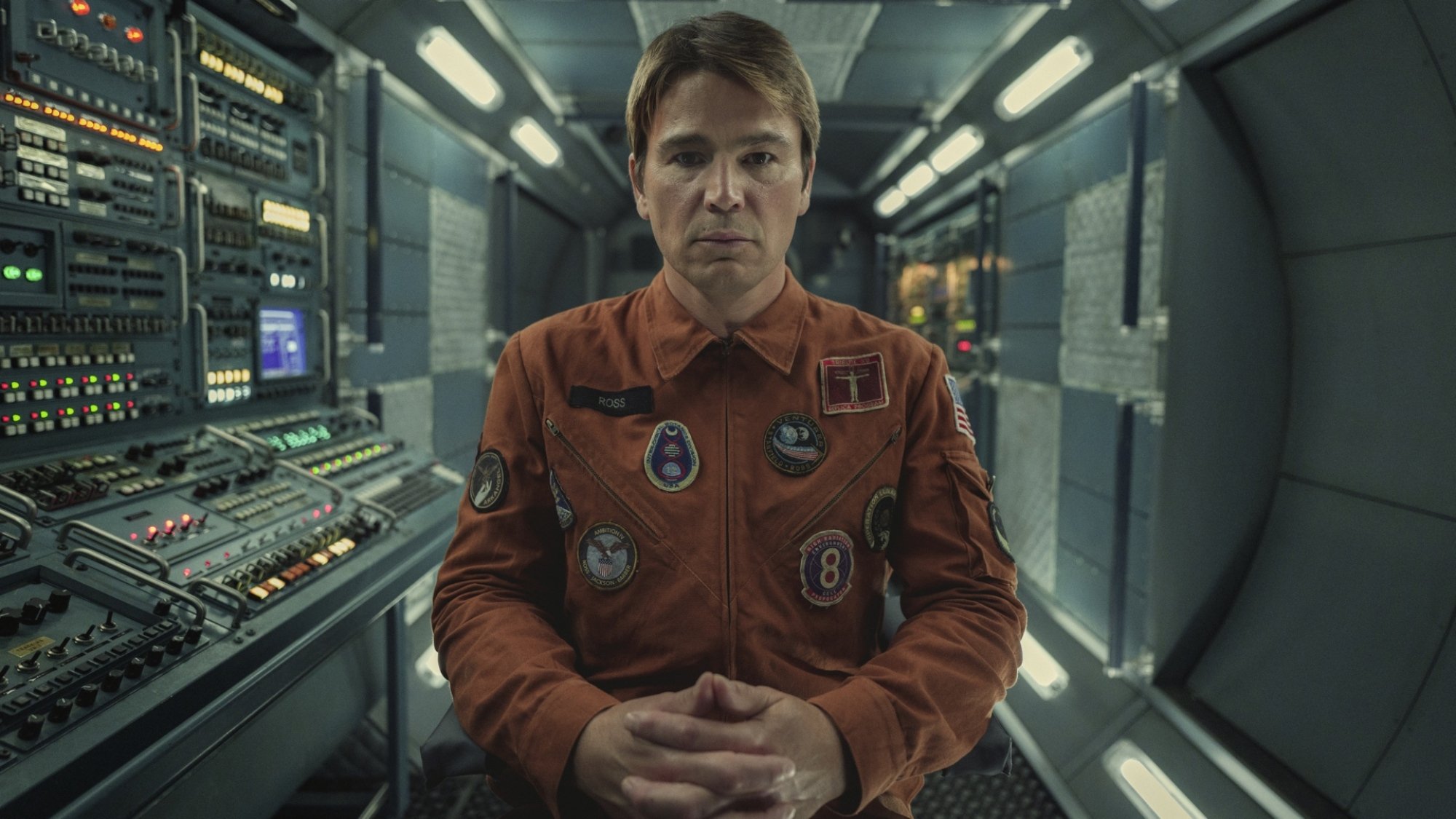
At first, this tale seems idyllic, setting up two seemingly happy households in 1960s America. In a sprawling California home, David (Josh Hartnett) has a beaming blonde wife and two adorable moppets who sit patiently while he draws their chubby-cheeked faces. In another, more rural setting, Cliff (Aaron Paul) oversees a humble farm with his wife (Kate Mara) and their young son, who calls his father “Sir.”
But soon we learn these men — so different yet ultimately similar as they draw their children, tend their land, and fingerbang their wives — are not men at all. They’re “Earth replicas,” robots that look like astronauts who are actually on a six-year-long mission in a space station. These replicas allow the men to plug in for visits with their respective families to alleviate the alienation of orbit. But when another grisly true crime inspiration comes crashing through David’s doors, their circumstances change dramatically. Jealousy infects a previously peaceful relationship, threatening to bring disaster above and below.
Perhaps Brooker was chasing the slow-burn dramas Netflix loves for tallying up engagement minutes. Clocking in at 80 minutes, “Beyond the Sea” is long and slow for this oft-thrilling series. Director John Crowley is admittedly indulgent here in establishing a beat and then languishing in it. But pacing aside, “Beyond the Sea” is riveting, thanks to the performances of Hartnett, Paul, and Mara. Hartnett transforms from a dashing gent of the era to a man hollowed by grief. Mara gives a restrained performance that speaks volumes, even as her character does not. And Paul is astonishing as he plays not only an astronaut and his Earth replica but also a third role that demands a subtle yet sure transformation of physicality and spirit. The result is magnificent, making this climax one of Black Mirror‘s most haunting.
“Mazey Day” abandons sci-fi in a bold move.
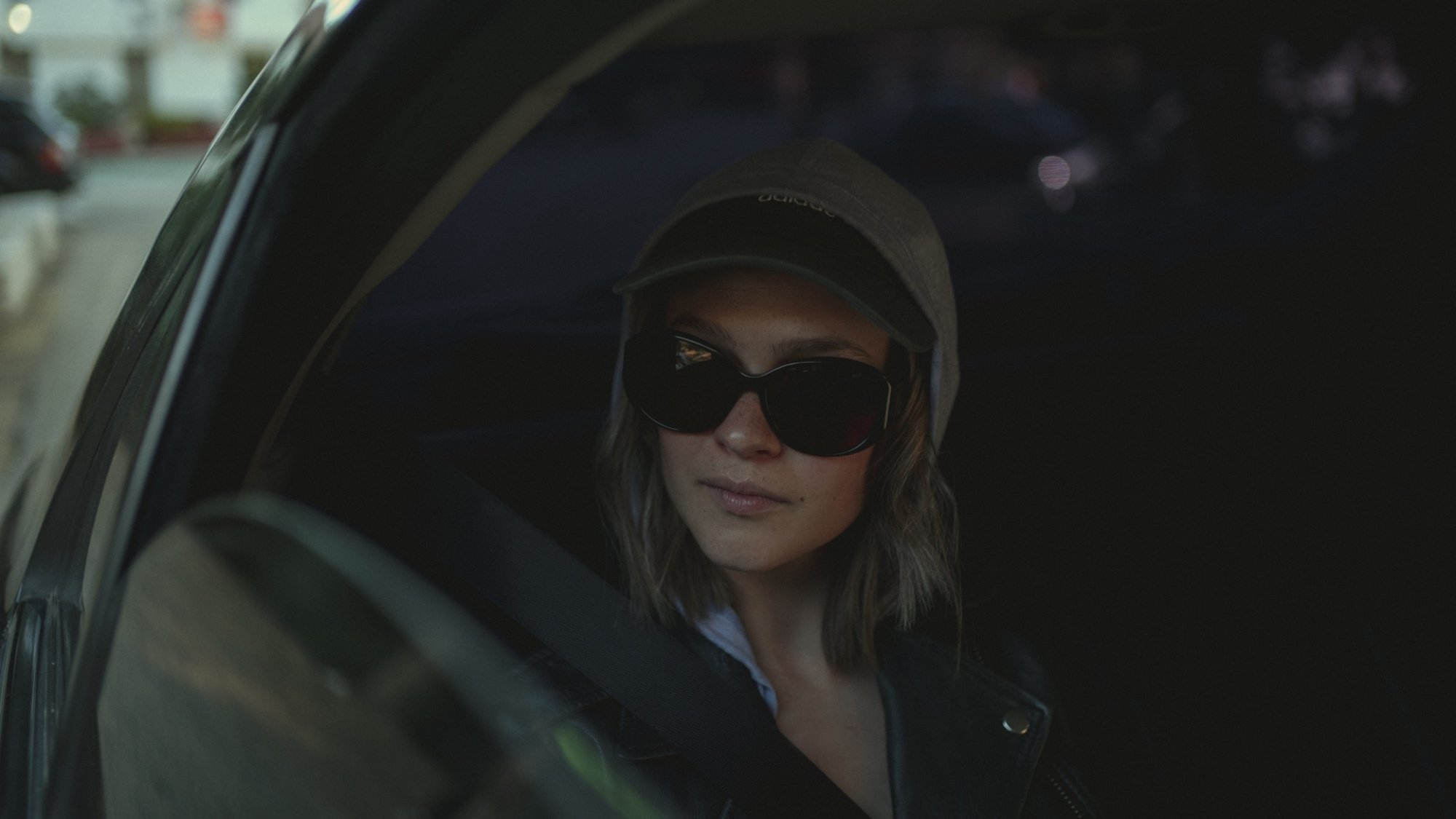
Zazie Beetz stars as a paparazzo in 2006 who uses her sketchy connections to track down an It Girl (Clara Rugaard) who has gone into hiding. One picture could change this photog’s life, but to get it, she’s going to have to do some shady things. Meanwhile, these characters depart Black Mirror‘s science-fiction terrain to go full horror fantasy.
Without spoiling the twist, I’ll confess this was a stretch too far for me. Brooker has brick-by-brick built a world that’s futuristic but could be real, and that’s the appeal and unique terror of every episode. “Mazey Day” rejects that construct to go into monster territory that has nothing to do with this show’s core. The “black mirror” tie-in here is the paparazzi camera itself and how it creates a robotic, cold distance between the shooter and a human subject, making the latter a spectacle to be captured — with or without their consent.
With drizzled-in ’06 details like an iPod Shuffle, Suri Cruise’s birth announcement, and an Amerie bop, “Mazey Day” aims to look back at a time when celebrity culture allowed for grisly violations. The camera concept works, but even with a gnarly third-act twist, Brooker isn’t saying anything all that new about the evils of the tabloid industry. For Netflix subscribers hungry for fresh horror, perhaps this works well enough.
“Demon 79” is out of the box in a way that works monstrously well.
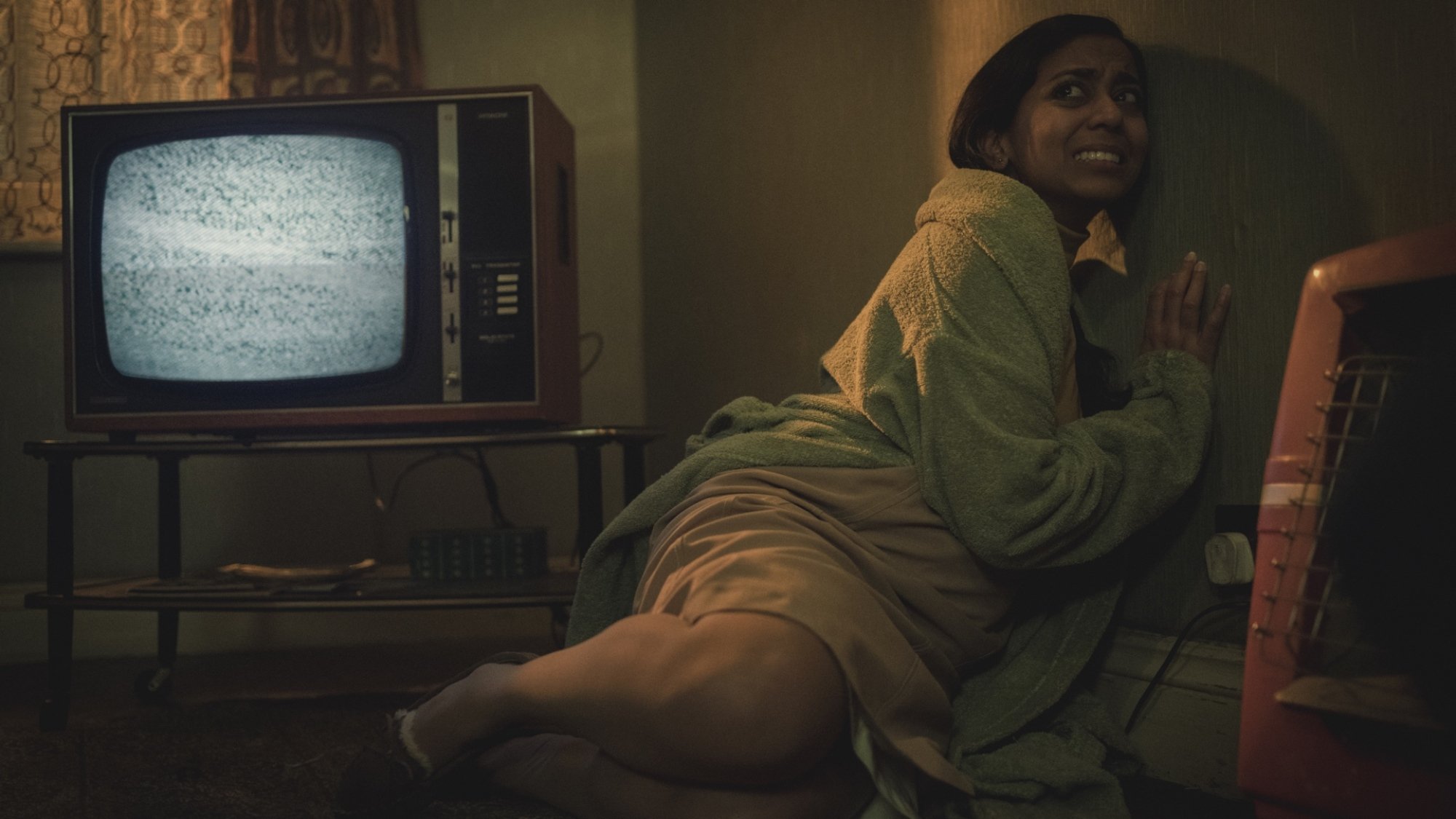
Watching Season 6 of Black Mirror, I wondered if Netflix pressured Brooker to play into the subgenres that do play well for them. A famously witty satirist, the two episodes from this season connected to the horrors of technology — “Loch Henry” and “Mazey Day” — feel flimsy, or maybe it’s just that found footage and horror fantasy are terrain too well-trod. While “Beyond the Sea” might be a failure for some, it’s a noble failure, probing intriguing ideas with a cast that is absolutely crackling in quiet agony. “Joan Is Afraid” is undoubtedly the most accessible and yet most challenging offering this season. And yet, “Demon 79” — written by Bisha K. Ali and Charlie Brooker — might be my favorite risk that Brooker’s taken.
Set up as a movie within the world of Black Mirror, “Demon 79” introduces audiences to a bit of murder, a threat of Armageddon, and an unexpected and totally charming romance. She (Anjana Vasan) is a mild-mannered shop assistant with violent vengeance fantasies. He (Paapa Essiedu) is a demon who’s to coach her through three murders in three days, or else the world will end. They come from vastly different worlds but bond through stalking, shoplifting, bludgeoning, bickering, and a little Boney M. It’s a totally bonkers rom-com that’s blended with the attitude, orchestral stings, aesthetic, and splashy gore of ’70s horror. It’s preposterous…and maybe perfect?
Directed by Toby Haynes, “Demon 79” flat out rejects the Black Mirror center of tech-tied evil, instead pulling in a “red mirror” talisman. While this revolt agains the show’s mission statement bugged me elsewhere, I loved it here because, to be frank, Vasan and Essiedu are magic together. This episode could well rival “San Junipero” for the most romantic. Or maybe not. It all depends on how you read it. And that sublime bit of mindfuckery feels very Black Mirror to me.
Ultimately, Black Mirror Season 6 plays like a war between Brooker and Netflix. Whether the streaming studio provided him with studio notes suggesting topics or the unspoken pressure of playing to their catalogue’s strengths, Brooker seems influenced by the problematic platform. At his best, he challenges them directly with comedy and star-fronted condemnation. At his worst, he’s retreading tropes with a lack of bite. As a whole, it’s a fascinating season. But if you are going to pick and choose, do not miss “Joan Is Afraid” — which is sure to be the most talked-about — and “Demon 79,” which brews something unique out of familiar, funky sources.
How to watch: Black Mirror Season 6 is now on Netflix.
